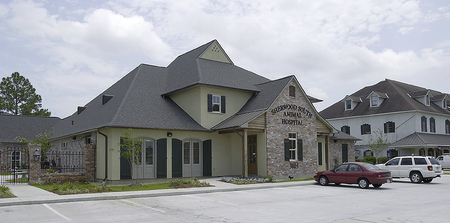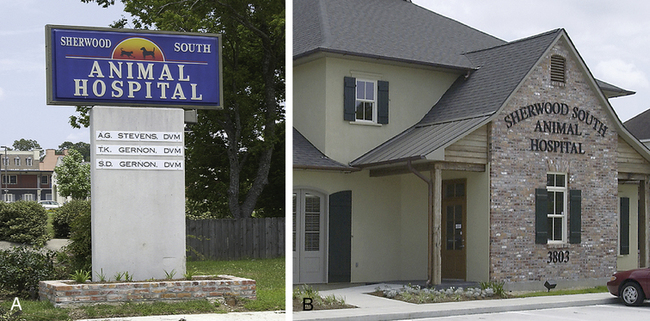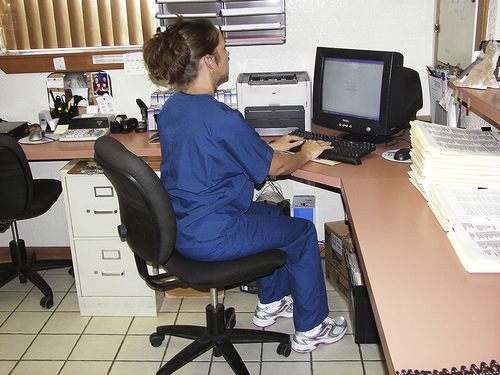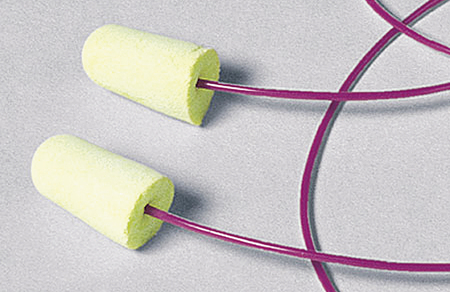CHAPTER 7
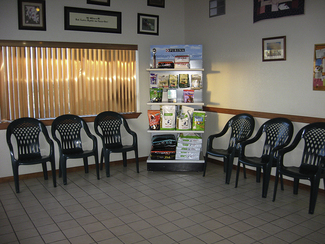
Practice Design
Mastery of the content in this chapter will enable the reader to:
• Clarify how to complete tasks more efficiently.
• Distinguish proper body position.
• Describe the design and function of effective practices.
• Develop comfortable reception areas.
• Develop comfortable consultation rooms.
Many veterinary practices are located in older buildings and are beginning to look at remodeling, upgrading, or moving into a new building. Many things must be taken into consideration when moving to a new building. Selecting a location that is easy to find for both new and existing clients will increase the growth of the practice. The building should look clean and professional from the outside (Figure 7-1). The hospital or practice sign should be easy to see and read from the street (Figure 7-2). Team members will be responsible for the input of ideas to increase efficiency at the new or updated location; this demands an understanding of the principles of motion economy and the placement of equipment to create an environment that helps the team work in a smarter way and more comfortably. The goal of motion economy is to be more efficient, not to work harder and more strenuously.
PRINCIPLES OF TIME AND MOTION
When determining the placement of office equipment and supplies, the principles of time and motion should be considered. Time and motion refer to the amount of time and degree of motion required to perform a given task. This is important in the receptionist’s office and exam rooms of a general practice. Many studies have been completed to understand how to minimize the amount of time and motion it takes to perform basic tasks. To improve motion economy, it is necessary to eliminate unnecessary steps or tasks, rearrange equipment, organize procedures, and simplify tasks. The principles of motion economy can aid in accomplishing these goals, thereby reducing stress and increasing productivity within the practice (Box 7-1).
BODY POSITIONING
Receptionists should consider sitting whenever possible to eliminate undue stress on the back, neck, and legs. Improper posture while standing can lead to fatigue, which can decrease productivity. While seated in a chair, a person should have the thighs parallel to the floor, the lower legs vertical, and the feet firmly on the floor (Figure 7-3). While using the keyboard, the arms should be positioned so that the forearms and wrists are as horizontal as possible. The back and neck should be erect, with the upper arms perpendicular to the floor. It should be remembered that the receptionist should always face clients; a team member’s back can appear rude and unapproachable.
ERGONOMICS
Acoustics can play a vital role in kennel assistants’ duties because they spend most of their time within the kennel ward. Barking dogs with a piercing tone can wear down even the best attitude, decreasing the efficiency of the team member (let alone a recovering patient!). When working in noisy areas for extended periods of time, personal hearing protectors can be worn (Figure 7-4).
Stay updated, free articles. Join our Telegram channel

Full access? Get Clinical Tree


